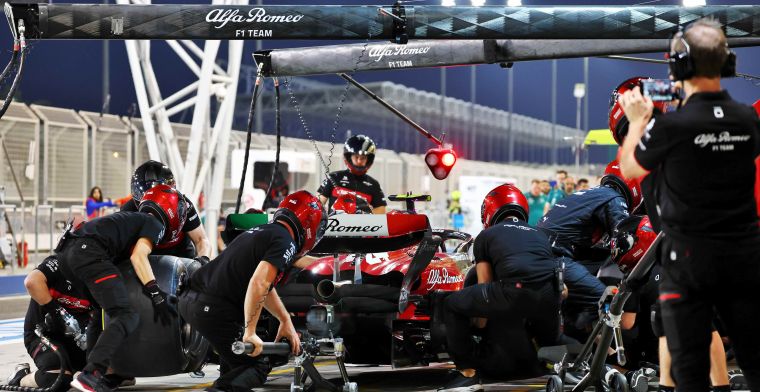Advertorial

From 0 to 60: How Technology is Transforming the World of Automotive Racing
Racing, an adrenaline-infused sport, has always embraced innovation. Over the decades, the world of automotive racing has been significantly impacted by technological advancements, with every inch of progress charting a new course for speed, safety, and viewer engagement. As we journey through this topic, we will delve into the nuanced, intricate details that capture the spirit of modern racing.
The Evolution of Engine Dynamics
In the early days of automotive racing, engines were simpler and often prone to malfunction. Advances in materials and computerized simulations have revolutionized this domain. For instance, Formula 1 engines, once primarily V8s, have transitioned to the complex hybrid V6 turbos. This shift has not only made these engines more efficient but has also increased their power-to-weight ratios.
Brands such as Mercedes and Ferrari have been at the forefront of these innovations. By integrating Energy Recovery Systems (ERS) into their designs, they harness excess energy, thus improving fuel efficiency and boosting speed. Through these innovations, races are becoming tighter, thrilling, and more unpredictable.
Aerodynamics: Crafting the Perfect Racing Machine
A car's relationship with air is an intricate ballet, choreographed with precision. In racing, every millisecond counts, and aerodynamics plays a crucial role in shaving off those precious moments. Advanced wind tunnel testing and computational fluid dynamics (CFD) simulations provide teams with detailed insights into airflows around a car. By refining the vehicle's shape, they minimize drag and maximize downforce, ensuring the car remains grounded even at jaw-dropping speeds.
Consider the evolution of the rear wing, an essential component in a racing car's aerodynamics. In modern racing series like Formula 1, DRS (Drag Reduction System) has been introduced. During specific race scenarios, drivers can adjust their rear wing's angle, momentarily reducing drag, and gaining a crucial speed advantage. This piece of technology not only boosts competition but also amplifies the strategic depth during a race.
Another fine example can be found on the racing track itself. Brands have rethought track designs, optimizing curves and straights to challenge drivers and push vehicles to their limits, while also ensuring audience excitement.
Safety First: Protecting the Modern Racer
The intersection of technology and safety is perhaps the most commendable transformation in the world of racing. Early racers, braving high-speed thrills, often had minimal safety provisions. Today, technology ensures that while the speeds have soared, the dangers have been mitigated.
The HANS (Head And Neck Support) device is an exemplary innovation. It guards a driver's neck against the whip-like motion during a collision. Also, advancements in telemetry systems have been vital. Brands like McLaren have been pioneers in this arena, using real-time data tracking to monitor car health and alert teams to potential issues before they escalate.
Modern racing cars employ energy-absorbing materials and advanced crumple zones. The monocoque design, prominently used in series like Formula 1, ensures that in the event of a collision, impact forces are distributed away from the driver, safeguarding their wellbeing.



















































